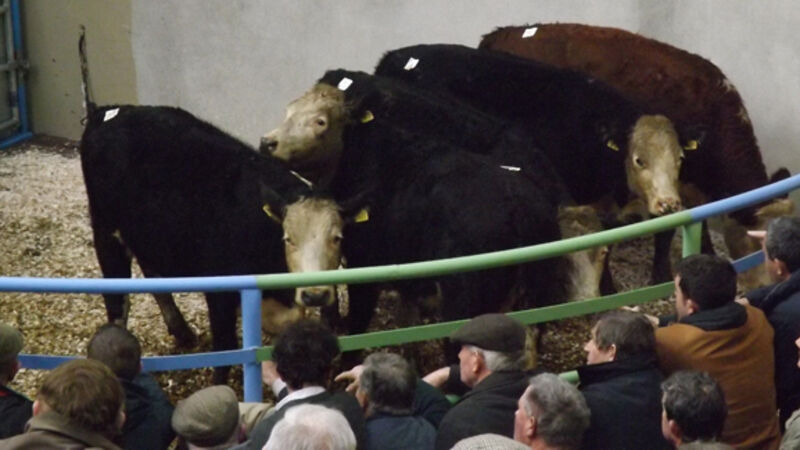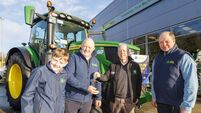Final finish determines the beef profit margin

Their owners are now looking at the price of cattle at both the mart and the factories.
The prices being paid for advanced cattle in the marts are very attractive at present, and have given beef producers a real lift, after such a poor 2014.










